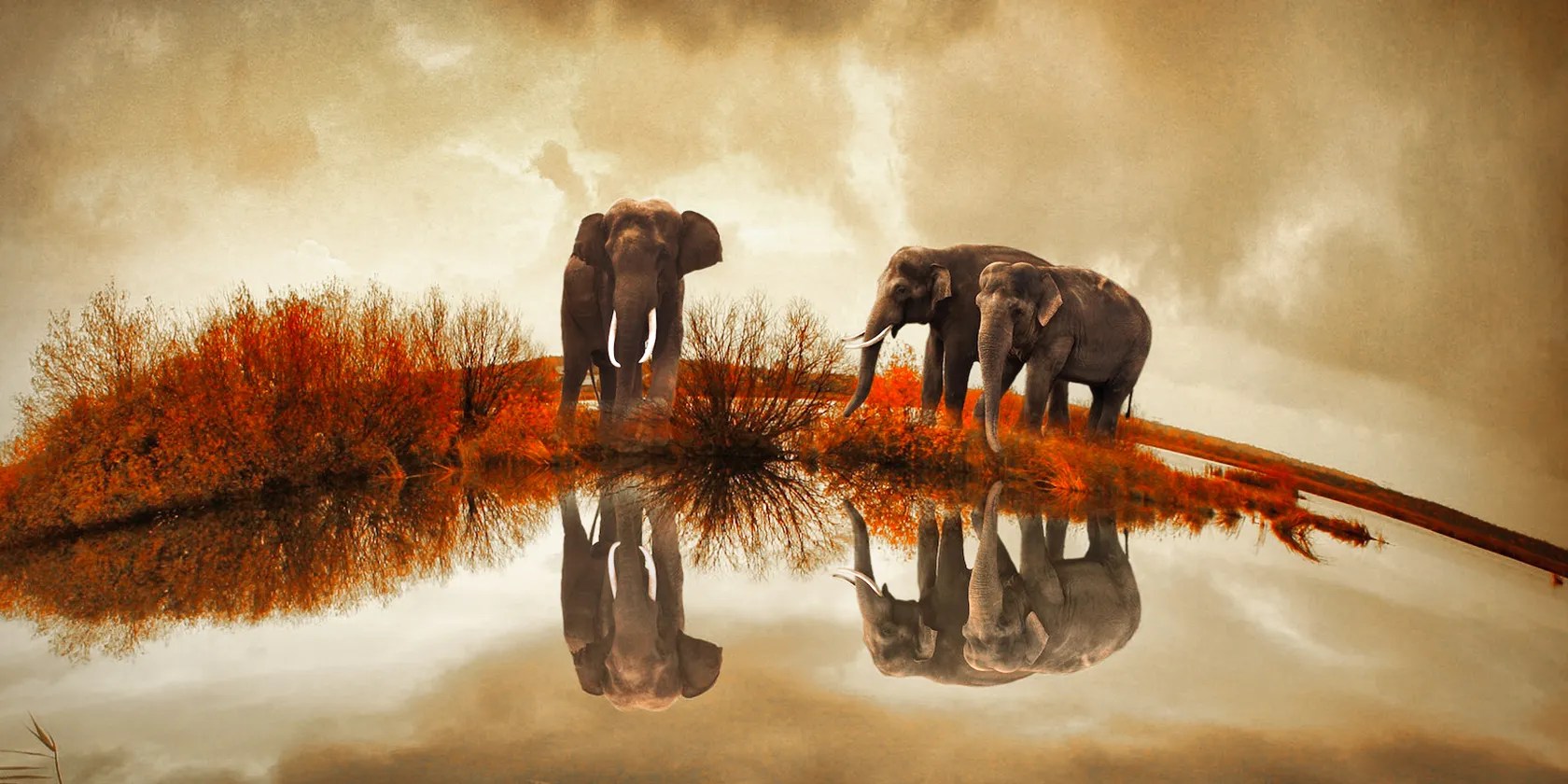What Is Reflection Photography? And How to Get the Best Results
We’ve all seen beautiful reflections caught on glass or water and have been captivated by them. Their very presence is a reminder of how brief the play of light can be in our environment, much like a rainbow that lasts only a few minutes before fading and then vanishing altogether.
For anyone with a camera and wishing to photograph reflections, the task can be daunting if you’ve never done it before. In this article, we’ll talk about what reflection photography is and how to get the best results.

What Is Reflection Photography?
Reflection photography is a creative technique that captures the reflected images of objects on reflective surfaces. Since the beginning of photography, reflections have been used to add a level of interest, complexity, and beauty to an image. Even the most mundane of objects, like the screws in the above photo, can look beautiful if there’s a reflection.
Sometimes, it may not be possible to capture a reflection due to a lack of reflective surfaces or due to weather conditions. That’s why we show youhow to create water reflections in Photoshopfrom scratch. But let’s explore the possibilities of capturing reflections that are present.

Examples of Reflection Photography
There are three main surfaces that capture reflections, water, glass, and metal.
Water Reflections
Water reflections are likely the most common kind of reflections in our personal lives. We’ve all seen reflections in bodies of water and rain puddles. Most of the time, water reflections are photographed at ground level on relatively calm water for the best results.
Glass Reflections
Glass reflections are also quite common in our modern lives. They are found everywhere, in our rooms, on our tables, on automobiles, and places of business. The main difference between glass and water reflections is that glass reflections can be photographed from many different vantage points.
Metal Reflections
Metallic reflections are also very common, but they differ from glass reflections in one major way. While glass reflections aren’t completely reflective and tend to absorb some of the light, metallic reflections tend to be highly reflective and bright.
More care must be taken when photographing metallic reflections so that highlight details aren’t lost or to prevent large swathes of the image from being overexposed.

How to Get the Best Results When Shooting Reflections
There are many factors that may have to be considered when photographing reflections, from camera settings and gear to weather conditions, angles, and perspectives. We’ll explore each of these factors for each reflective surface so that you’ll be able to achieve the best results in your reflection photography.
Tips for Water Reflections
Choose a wide-angle lens to emphasize the entire reflection or a telephoto lens to focus on details. Use a polarizing filter to reduce glare and enhance saturation and contrast in the reflection. Optimize camera settings with a small aperture (starting with f/8 and working down if needed) for increased depth of field and a low ISO for noise reduction.
It’s a good idea to become familiar withthe exposure triangleto get the best results.

Also, look for calm waters to get the most detail out of your reflections. Experiment with high and low camera angles, keeping in mind thatgolden hour will usually give you some of the best lighting conditions.
Tips for Glass Reflections
It’s best to avoid direct, harsh light and opt for soft, diffused lighting when photographing glass reflections. Seek shaded areas or use diffusers/reflectors to manipulate the light source. Try aperture settings between f/8 and f/11 tobalance the depth of fieldand sharpness.
Like with all reflections, experiment with angles and compositions, especially since reflections are partially absorbed in glass, and tilting your camera can sometimes dramatically improve results. Pay attention to the background and its reflection as you frame the scene in your camera. Incorporate interesting backgrounds or complementary colors/shapes for depth and context.

Tips for Metal Reflections
For metallic reflections, choose diffused lighting or shoot on overcast days to minimize glare and harsh highlights. Experiment with shooting angles to showcase patterns and textures. A polarizer filter is always good to keep on hand to control the highlights and exposure.
Try aperture settings from f/5.6 to f/8. Keep the ISO low, ideally at the lowest native ISO setting for your camera. If it’s an option for any reflection photography situation,use a tripodso that you can use slower shutter speeds and keep your images sharp and without noise.
Unleash Your Creativity With Reflection Photography
We’ve discussed the different kinds of photography reflections and offered a few tips on photographing each. Now, find yourself a reflection on water, glass, or metal, and see what you can come up with. You’ll discover that reflection photography is a wonderful and unique photography genre of its own.
AI art generators have a bad rap for producing inaccurate depictions of hands. Let’s pit Midjourney v5 against Dall-E 2 to see which does it better.
It saves me hours and keeps my sanity intact.
Don’t let aging hardware force you into buying expensive upgrades.
You can block out the constant surveillance and restore your privacy with a few quick changes.
Now, I actually finish the books I start.
So much time invested, and for what?